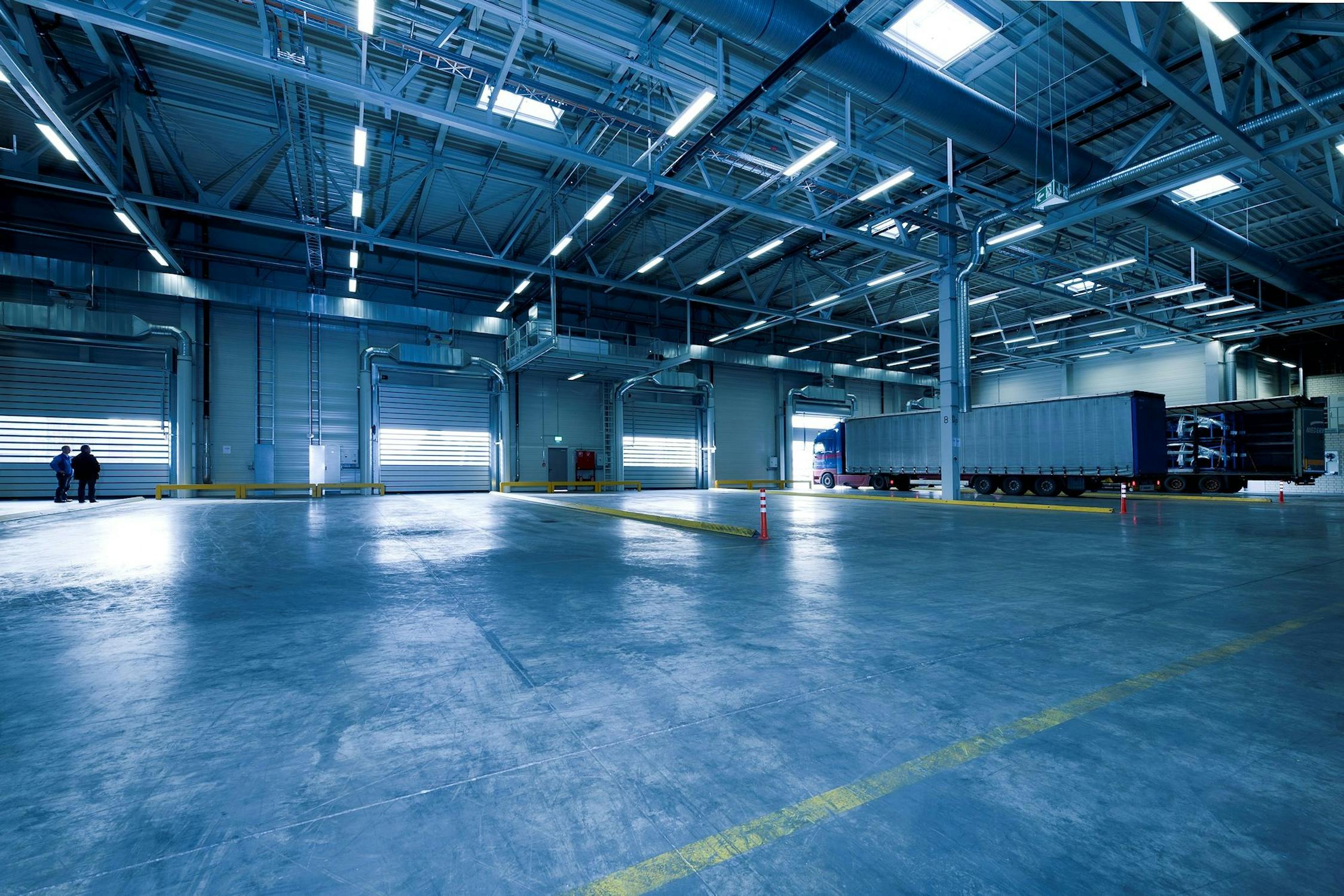Automated Inventory Tracking with IoT: Modern Warehouse Solutions
Automated inventory tracking powered by the Internet of Things (IoT) is transforming warehouse operations by providing a seamless way to monitor and manage stock. Traditional inventory tracking methods are often slow and error-prone, making them inefficient for modern logistics and e-commerce demands. IoT introduces smart sensors, real-time data analytics, and interconnected devices that optimize warehouse processes.

This integration enhances efficiency, reduces human error, and ensures businesses can meet customer expectations with greater accuracy.
Understanding IoT in Inventory Tracking
The Internet of Things (IoT) connects devices that communicate and share data in real time. In inventory management, these devices include smart shelves, RFID tags, and barcode scanners. They provide instant updates on stock levels, item locations, and environmental conditions such as temperature and humidity.
RFID (Radio Frequency Identification) tags are widely used to track items as they move through storage and shipping stages. Unlike manual barcode scanning, RFID allows for bulk reading, saving time and reducing errors. Smart shelves with weight sensors notify managers when stock is low, enabling timely restocking.
IoT also integrates with warehouse management systems (WMS), collecting data from IoT devices to provide actionable insights. Managers can access live dashboards showing stock levels, identify bottlenecks in order processing, and predict demand based on historical trends. This data-driven approach improves productivity and minimizes waste.
Benefits of IoT-Enabled Inventory Systems
Adopting IoT in inventory tracking offers several benefits:
- Accuracy: Automated tracking eliminates human error.
- Efficiency: Faster operations enable quicker order fulfillment.
- Cost Savings: Reduces labor costs and minimizes waste.
- Customer Satisfaction: Ensures stock availability for timely deliveries.
IoT also contributes to sustainability. By optimizing stock levels and reducing waste, businesses support environmental efforts. Many warehouses use IoT to track perishable goods' expiration dates or maintain optimal storage conditions to prevent spoilage.
Challenges in Implementing IoT Solutions
Despite its advantages, implementing IoT in warehouses presents challenges:
| Challenge | Solution |
|---|---|
| High Implementation Costs | Government subsidies or phased adoption plans can help offset expenses. |
| Data Security Risks | Investing in encryption technologies and regular security audits mitigates risks. |
| Integration Complexity | Partnering with specialized tech firms simplifies the process. |
An additional challenge is workforce adaptation. Employees need proper training to use IoT tools effectively. Without adequate education, the benefits of IoT may not be fully realized.
The Future Potential of IoT in Warehousing
Emerging technologies are enhancing IoT’s potential in warehousing:
- AI-Powered Analytics: Predicts demand patterns more accurately.
- Drones for Inventory Checks: Speeds up stock audits in large warehouses.
- Blockchain Integration: Improves transparency in supply chains.
- Sustainable Energy Management: Optimizes warehouse lighting and climate control based on real-time occupancy data.
The adoption of these innovations will continue redefining warehousing standards while addressing efficiency and sustainability concerns.
Final Thoughts: Redefining Warehouse Management Through Technology
The integration of IoT into inventory management is revolutionizing warehouse operations by improving efficiency, accuracy, and cost savings. While challenges exist, strategic implementation and ongoing advancements will drive As businesses embrace these technologies, they will enhance productivity while contributing to a more sustainable supply chain ecosystem.
